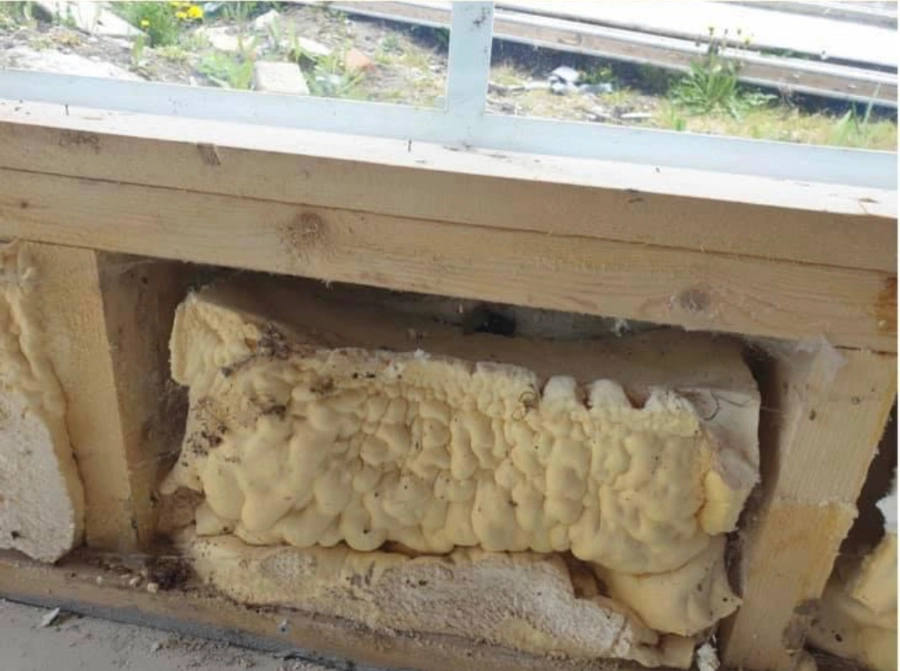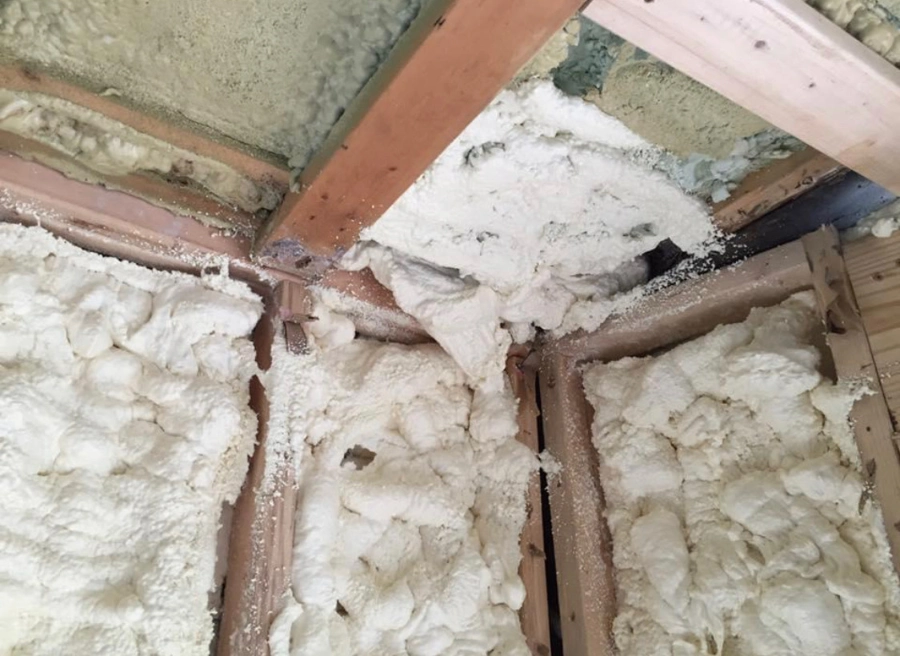Incorrect spray foam insulation installation leads to long-term structural issues, reduced energy efficiency, and air quality concerns. The most immediate consequence is poor thermal performance due to air leaks, undermining the entire purpose of insulation. In climates like Rollingwood, TX, where hot summers and mild winters demand reliable thermal control, any lapse in installation accuracy can create ongoing HVAC strain and escalating energy costs.
Common errors include improper mixing ratios, uneven application, and incorrect substrate temperatures. Each of these mistakes affects the foam’s ability to expand, cure, and bond effectively, resulting in gaps, off-gassing, or moisture entrapment. These problems don’t just affect comfort; they compromise structural integrity and indoor air safety.
Stellrr Insulation & Spray Foam brings firsthand knowledge of regional insulation standards, building codes, and climate-specific challenges in the Rollingwood area. This guide breaks down practical insights from the field to help homeowners and builders understand what can go wrong and how to prevent it.
Installation Failures and Their Consequences
Types of Installation Errors
| Error Type | Description | Resulting Issue |
|---|---|---|
| Improper Surface Prep | Dust, moisture, or oils not removed before application | Poor adhesion, foam detachment |
| Incorrect Mix Ratio | A or B component off-spec during application | Weak cell structure, poor expansion |
| Application Thickness | Layers applied too thick or unevenly | Incomplete curing, fire hazard, off-gassing |
| Temperature Misalignment | Substrate or ambient temperature out of range | Cracking, shrinkage, brittle insulation |
| Inadequate Ventilation | Insufficient airflow during installation | VOC accumulation, indoor air quality risk |
Consequences in a Climate Like Rollingwood
Rollingwood experiences significant temperature swings and high humidity during summer months. Improperly installed foam cannot respond dynamically to thermal expansion or moisture loads, causing:
- Condensation buildup within walls or attic spaces
- HVAC systems to work harder to compensate for insulation gaps
- Elevated indoor humidity leading to mold risk
Bonus Tip
Avoid installing spray foam on rainy or high-humidity days. Moisture present during installation can cause foam to blister and pull away from framing.
Technical Performance Metrics
| Metric | Optimal Value | Result of Incorrect Installation |
|---|---|---|
| R-Value per inch (Closed Cell) | 6.0 – 7.0 | Reduced to ~4.5 or less if foam collapses |
| R-Value per inch (Open Cell) | 3.5 – 3.8 | May drop to ~2.0 with poor cell formation |
| Expansion Rate | 30-40x original volume | Uneven growth or shrinkage |
| Cure Time | 8-24 hours depending on type | Prolonged or incomplete curing |
| Safe VOC Dissipation Time | 24-72 hours post-install | May extend to several days with poor airflow |
Comparison of Spray Foam Types Under Faulty Installation
| Attribute | Closed Cell Spray Foam | Open Cell Spray Foam |
|---|---|---|
| Tolerance for Error | Low | Moderate |
| Risk When Misapplied | Structural issues, trapped moisture | Air leakage, odor issues |
| Repair Complexity | High (requires removal) | Moderate (may allow patching) |
| Moisture Resistance | High | Low |
| Cost of Replacement | Higher | Lower |

Real-World Market Data
- According to IBHS, homes with improperly installed spray foam insulation can see energy losses due to air leaks ([Source: Insurance Institute for Business & Home Safety, 2024]).
- A 2023 Texas A&M study found that residential spray foam applications in Central Texas failed local blower door tests post-installation ([Source: TAMU Energy Systems Lab]).
- The EPA states that poor ventilation during application significantly increases the risk of occupant chemical exposure ([Source: US EPA, 2023 Spray Foam Guidance]).
Things to Consider Before Making a Decision
- Builder or Installer Credentials: Verify the contractor’s experience with closed vs open cell applications.
- Product Certification: Only use spray foam products certified by ASTM or ICC-ES.
- Climate Suitability: Understand how each foam type performs under Rollingwood’s temperature and humidity ranges.
- Inspection Readiness: Ensure access for post-install blower door testing or thermal scanning.
- Ventilation Planning: Coordinate HVAC and fresh air systems prior to installation.
Bonus Tip
Request a test patch before committing to full application. This helps identify compatibility with substrate and installation settings.
Services Stellrr Insulation & Spray Foam Provides for This Issue
- Closed Cell Insulation: Durable insulation with high R-value and moisture resistance, ideal for attics and crawl spaces.
- Open Cell Insulation: Flexible, sound-dampening insulation best suited for interior walls and ceilings.
- Insulation Removal: Safe removal of damaged or failed foam insulation prior to new application.
- Attic Insulation: Full-service attic prep and re-insulation, including sealing and ventilation coordination.
Common Questions Before Choosing a Spray Foam Installer
- What certifications should a spray foam contractor hold?
- Is there a way to test insulation quality after installation?
- Can spray foam be applied over existing insulation?
- Should the HVAC system be adjusted after new insulation is added?
- How soon can the home be reoccupied after installation?
Get Expert Insulation Guidance
For reliable insulation performance in Rollingwood’s climate, correct installation is non-negotiable. Stellrr Insulation & Spray Foam applies proven methods and regional experience to avoid critical failures.
Contact:
- Stellrr Insulation & Spray Foam
- Phone: (512) 710-2839
- Email: info@stellrr.com
FAQ Section
How long does spray foam insulation last?
Properly installed spray foam can last over 30 years without significant degradation, assuming stable conditions and no water intrusion.
What are signs that spray foam was installed incorrectly?
Look for drafty rooms, visible gaps, unusual odors, or elevated indoor humidity. Thermal imaging can also help reveal inconsistencies.
Can poorly installed spray foam be fixed?
Yes, but it often requires full removal and reapplication. Partial repairs may work if the problem is isolated and minor.
Is DIY spray foam application recommended?
No. Professional application ensures correct ratios, cure times, and safety measures. DIY kits often lead to long-term issues.
What safety precautions are needed during installation?
Protective gear, sealed work areas, and exhaust ventilation must be used to reduce VOC exposure during and after application.

